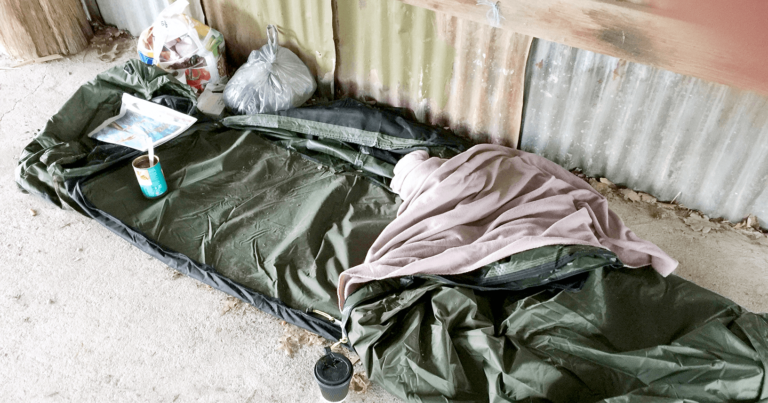
There is no one definition of homelessness.
Homelessness Australia uses the Australian Bureau of Statistics (ABS) statistical definition of homelessness.
The ABS statistical definition states that when a person does not have suitable accommodation alternatives they are considered homeless if their current living arrangement:
The ABS definition of homelessness is informed by an understanding of homelessness as ‘home’lessness, not ‘roof’lessness. It emphasises the core elements of ‘home’ in Anglo American and European interpretations of the meaning of home as identified in research evidence (Mallett, 2004). These elements may include: a sense of security, stability, privacy, safety, and the ability to control living space. Homelessness is therefore a lack of one or more of the elements that represent ‘home’.
The definition has been constructed from a conceptual framework centred around the following elements:
Some of the other recognised definitions of homelessness are:
Mackenzie and Chamberlain’s cultural definition of homelessness
Mackenzie and Chamberlain’s (1992) definition includes three categories in recognition of the diversity of homelessness:
This definition was adopted by the Commonwealth Advisory Committee on Homelessness in 2001 and is widely used in the homelessness sector.
United Nations definition of homelessness
The United Nations identifies homeless people under two broad groups:
Although rough sleeping is a growing issue across Australian communities, the most common way that people experience homelessness is ‘severely overcrowded’ dwellings, and moving around between other kinds of insecure accommodation. This journey is often unsafe, and creates new risks for the health and wellbeing of those effected.
Everybody deserves a safe, stable home

